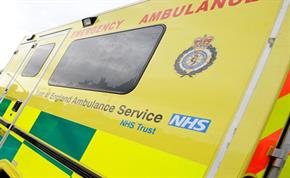
Last week was allergy awareness week!
Hosted by Allergy UK and in its 25th year, the campaign this year focuses on what it’s like having an allergy in 2016, compared to 25 years ago.
From our point of view, the number of incidents of allergic reactions continues to rise. The most common triggers with reactions are food, drugs and venom, but in 30% of cases the trigger is unknown.
Symptoms for reactions range from mild to life- threatening (anaphylaxis) and include:
Patients who have had previous episode may wear ‘medic alert’ bracelets/ necklets, carry an epi pen and may experience panic attacks.
The key points to think about include:
Check out the JRCALC or Resus Council Guidelines for more information and full pathways.
Published 4th May, 2016